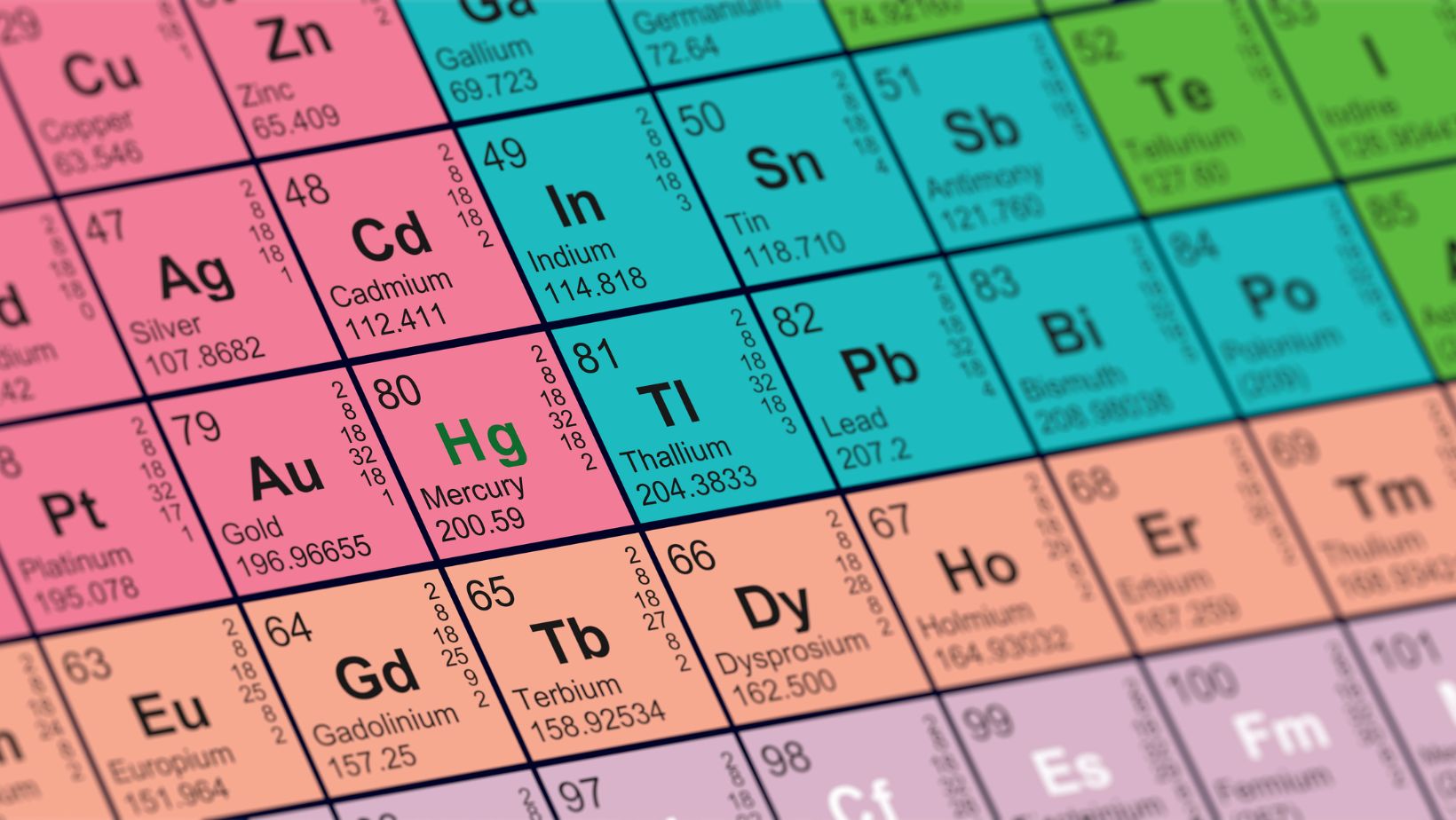Hey there! Are you ready to dive into the fascinating world of the periodic table of chemical elements? Well, you’ve come to the right place! In this article, I’ll be taking you on a journey through the bảng tuần hoàn nguyên tố hóa học, also known as the periodic table.
The periodic table is like a treasure map, guiding scientists and chemistry enthusiasts alike to unlock the secrets of the elements. It’s a visual representation of all the known elements, arranged in a specific order based on their atomic numbers and chemical properties.
Bảng Tuần Hoàn Nguyên Tố Hóa Học
The Early Discoveries
The journey of the periodic table began with the early discoveries of elements in the 17th and 18th centuries. Scientists were fascinated by the variety of substances that could be obtained from different materials.
One of the key figures in the study of elements was Antoine Lavoisier, often referred to as the “Father of Modern Chemistry.” Lavoisier recognized the importance of accurately measuring mass and identified oxygen as an element. His work laid the foundation for future advancements in the field of chemistry.
Another significant contribution came from John Dalton, who proposed the atomic theory in the early 19th century. Dalton suggested that elements consist of tiny, indivisible particles called atoms, each with its own unique properties. This theory played a crucial role in the development of the periodic table.
The Periodic Law
The concept of the periodic table as we know it today took shape in the late 19th century with the formulation of the periodic law. This law states that the properties of elements are periodic functions of their atomic numbers. It was proposed independently by two scientists: Dimitri Mendeleev and Lothar Meyer.
In 1869, Mendeleev published his periodic table, arranging the elements in order of increasing atomic mass and organizing them into rows and columns based on their chemical properties. He left gaps in the table for undiscovered elements, accurately predicting their properties. This remarkable foresight solidified the credibility of the periodic table.
Around the same time, Lothar Meyer developed a similar table independently. Both Mendeleev and Meyer’s tables became the foundation for the modern periodic table, which continues to evolve as new elements are discovered.

The Organization of the Periodic Table
Groups and Periods
In the organization of the periodic table, elements are arranged into groups and periods based on their properties and atomic numbers. Groups, also known as families, are the columns going vertically and consist of elements that have similar chemical behaviors. Each group is assigned a number and sometimes a letter. For example, Group 1 is known as the alkali metals, Group 2 as the alkaline earth metals, and Group 17 as the halogens. The elements in a group have the same number of outer shell electrons, which determines their reactivity.
On the other hand, periods, also known as series, are the rows that run horizontally. Each period represents an energy level, with the first period consisting of only two elements (hydrogen and helium) and subsequent periods having more elements. As you move across a period from left to right, the atomic number increases by one, indicating the addition of one proton in the nucleus.
Blocks and Periodic Trends
Apart from groups and periods, the periodic table is also divided into blocks, which are based on the electron configurations of elements. The main blocks are the s-block, p-block, d-block, and f-block.
The s-block consists of the first two groups (Group 1 and Group 2) and includes elements with electron configurations that fill the s sublevel. These elements are typically highly reactive metals. The p-block contains groups 13 to 18 and includes elements with electron configurations that fill the p sublevel. These elements have a wide range of properties, from metals to nonmetals.
The d-block is made up of transition metals, which are located in the center of the periodic table. These elements have partially filled d orbitals and exhibit similar chemical properties. Lastly, the f-block is composed of the inner transition metals, which are the two rows at the bottom of the periodic table. These elements have partially filled f orbitals and are known for their unique magnetic and optical properties.
The periodic table is a testament to human curiosity and our quest to unravel the mysteries of the atomic world. It serves as a valuable tool for scientists, educators, and students alike, providing a framework for organizing and understanding the building blocks of matter.
As we continue to explore and discover new elements, it is certain that the periodic table will continue to evolve, reflecting our ever-growing knowledge of the chemical world.
Jessica has a flair for writing engaging blogs and articles. She enjoys reading and learning new things which enables her to write different topics and fields with ease. She also strives to break down complex concepts and make them easy for anybody to comprehend.





